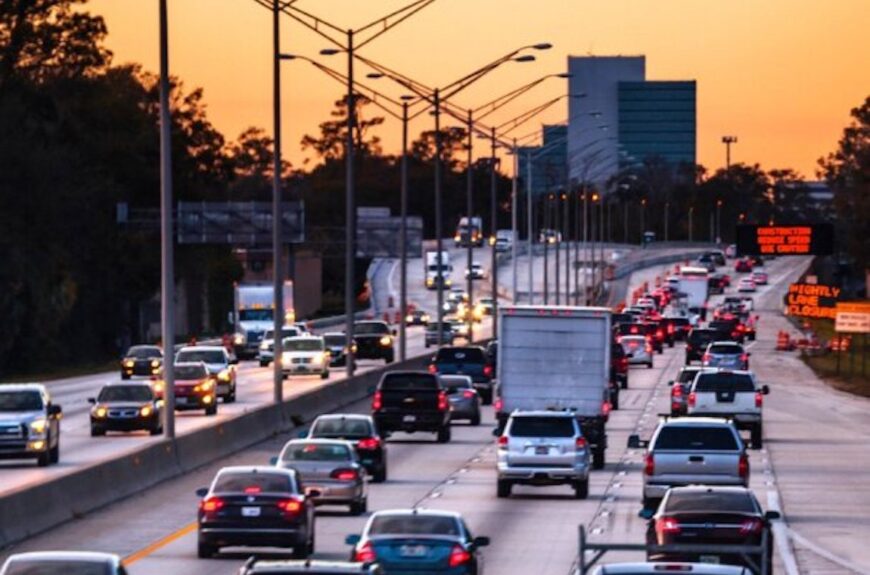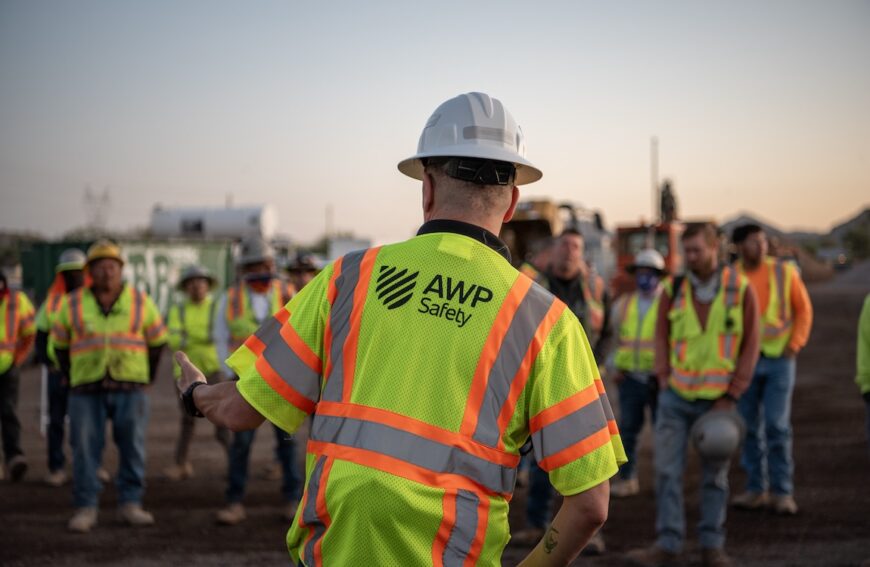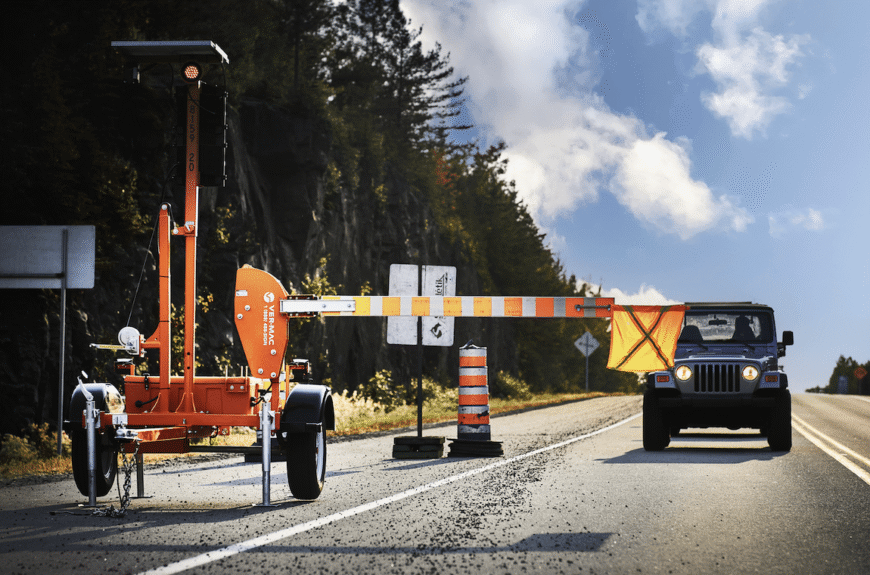
AWP Safety Uses Data to Help Save the Planet
Every bit counts when it comes to sustainable operations. It’s estimated that carbon dioxide added to the atmosphere can hang around for between 300 and 1,000 years, trapping heat and contributing to climate change. In 2023, we saved 133,466 gallons of fuel and reduced our carbon footprint by 1,186 metric tons. That equates to an estimated annual carbon footprint reduction of 0.9 metric tons per vehicle.
AWP Safety has accomplished this reduction by integrating technology into its entire fleet. “We track everything, which helps us run a more efficient fleet on less fuel,” says Bob Adamsky, director of enterprise fleet. “That’s good for Planet Earth and good for our business.”
Below are three ways technology helps us make small behavior changes for big, positive impact on the environment and our operations.
Optimizing Driving Speed
It may not seem like much, but maintaining a steady speed range significantly impacts fuel use and emissions. Driving in a steady range allows the engine to operate more efficiently, burning less fuel per distance traveled. Our fleet technology solutions ensure our drivers drive at optimal speeds. This limits fuel consumption and promotes safer driving practices, allowing more time to proactively avoid potential hazards and accidents. Safer driving leads to fewer traffic disruptions and less fuel wasted in congested situations.
Reducing Engine Idle Time
When a vehicle’s engine is left running while stationary, it continues to burn fuel unnecessarily, contributing to both air pollution and wasted fuel. Minimizing engine idle time by turning off the vehicle during brief stops or waiting periods can significantly conserve fuel and reduce emissions. AWP Safety utilizes Samsara Vehicle Telematics to track driver idle time behaviors. That knowledge is power. Our drivers find out how they’re performing, and target specific idle time reduction over time. In this way, each individual driver can make a meaningful impact on our sustainability as well as the life and reliability of our trucks.
Improving Gallons Used Per Vehicle
Fuel costs are dynamic, making it tough to budget. And there are only two ways to reduce fuel costs: drive fewer miles, or use less fuel. Due to the nature of traffic control, AWP Safety trucks drive a lot of miles annually. Our solutions include planning out routes to drive as little as
possible, and to get more miles out of the fuel we buy.
Vehicle telematics is just one part of AWP Safety’s technology strategy to advance environmental, health and safety in the traffic control industry.
Learn more about how we’re using technology and innovation to save lives and protect progress.



